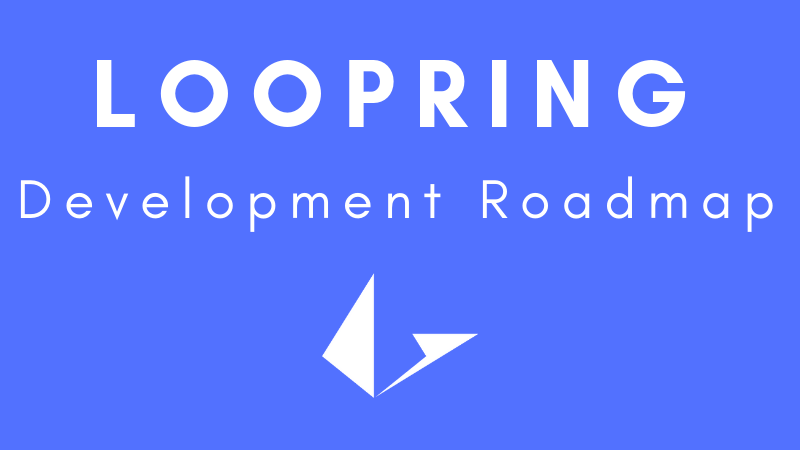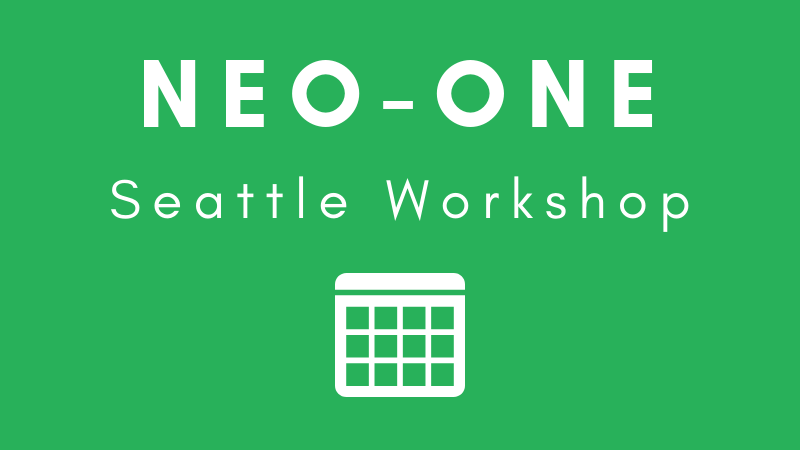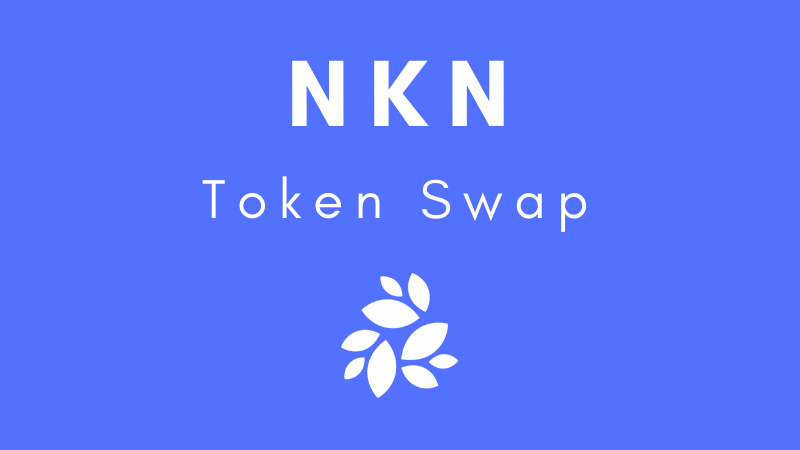
Loopring has published its development roadmap for 2019, highlighting a focus on protocol improvement, research and development, cross-chain compatibility, plus more. Loopring is a protocol that allows for “order-matching-as-a-service” and relays between multiple blockchains to enable a “ring” of trades among different blockchain tokens.
Loopring claims that its development will be centred on two core themes: innovation and focus. Its definition of “innovation” is to adopt new technologies while pursuing a philosophy of continuous improvement for the Loopring protocol. Its theme for “focus” will see a shift in the platform’s priorities; reportedly abandoning non-core research and development and instead focusing on its strengths and strategic projects.
An apparent priority for Loopring this year will be to refine its Protocol 2.X series and add some additional features.
Announced near the end of 2018, the new protocol claims to offer more efficient order filling as well as a revamped trading fee model, which allows exchange fees to be paid in any token and not just LRC.
Loopring also expanded the types of orders that can be created on the exchange and can now be executed by third-party brokers and smart contracts. It’s claimed that these changes were intended to make the platform “more feature-rich and flexible to accommodate more powerful matching functions.”
One example is the “all or none” order type that was introduced on the transaction level. As the name implies, all or none orders will either fill completely or not execute at all so that traders can better manage their positions.
Another included feature is on-chain order sharing, which allows for the sharing of buy and sell orders without relying on off-chain mechanisms or APIs.
Moving forward, the development of a number of additional improvements and functionalities are reportedly underway.
The majority of the planned development work appears to focus on the facilitation Loopring’s new fee model that was first introduced in September last year.
As part of Loopring 2.0, the new fee model attempts to redefine the use of its LRC utility token for how users, investors, and miners can benefit from it.
Previously, LRC was used to pay ecosystem participants for processing trades. Fees from traders were split between relayers (ring-miners) and wallets, all of which were involved in the trading process thus forming Loopring’s decentralized exchange.
When an order was generated from buying or selling tokens, 20% of the LRC fee went to the wallet to pay for order management while 80% went to the ring-miner to pay for order matching. This economic model would give participants a base level of income in the form of LRC, but is claimed to have failed in terms of “expected value capture and actual usefulness.”
The weakness of a requiring a specific token for paying fees, in this case LRC, is that it reportedly creates friction between users and ecosystem participants, thereby making it harder for new users to join and use the trading platform. In Loopring’s own words: “dApps, including DEXs, are currently UX un-friendly enough without requiring users to pay with an esoteric and otherwise non-demanded token. Abstracting away token transfer behind the scenes helps, but is still only a half-solution.”
The new fee model in Loopring 2.0 will be more flexible as using LRC for trading fees is no longer a requirement. And instead of being consumed as purely a form of remittance, the use case of the token will change so that it may provide “real utility to the network.”
LRC Burn Rate
A new mechanism named LRC burn rate was introduced in Loopring 2.0 to help repivot the token towards a more utilitarian use case while also increasing its scarcity and consequent value.
The burn rate affects ecosystem partners such as wallets and ring-miners that process transactions. When these partners earn fees, a portion of those fees are converted to LRC and are then sent to a smart contract. The smart contract purchases the LRC amount and then burns the tokens.
The effect of burning tokens means that LRC holders will gradually own a larger proportion of the total token supply. Also, as network activity accelerates, so does the burn rate, meaning the LRC supply will shrink faster as more traders use the platform.
Using the burn rate settings, the speed at which the tokens are burned can be adjusted to balance the supply of LRC. Other tokens types can also be burned with their own configurable percentages.
Third parties – specifically other decentralized exchanges – may also use Loopring’s new fee model. Exchanges can choose to burn a certain amount of LRC to reduce the burn rates applied to their own tokens when used in transactions.
The claimed benefit of burning LRC for a lower rate is that it’s cheaper for the exchange in the long run while also increasing its token utility and value. Once the exchange’s trading discounts are locked in, traders are exposed to lower trading fees, thus potentially increasing the competitiveness of the platform.
Other economic incentives that play a part in Loopring’s new fee model include a fee rebate for traders. By locking up an amount of LRC in a smart contract, traders can lower their burn rate on trading fees by up to 100 percent. The rebate applies to every order made on the exchange during the lockup period, or the amount of time LRC will be held by the smart contract.
Finally, Loopring has waived a percentage of its trading fees for market makers to improve platform liquidity.
The burn rate parameter “waiveFeepercentage” incentivizes market makers by waiving a percentage of the trading fees paid. An example percentage given in Loopring’s Medium post on the subject is 50% and can be adjusted higher or lower.
The two proposed mechanisms for fee burning are the DutchX integration, which claims to be completed, as well as Loopring’s own model named Oedax, which is still being developed.
Besides the fee burning mechanism, the team also completed work to expand the protocol’s other capabilities.
Loopring has updated its protocol to support Ethereum’s ERC1400 security token standard. The implementation could be fully specified in Q2 of this year as the team waits for further specifications.
Loopring also enabled support for interceptor contracts, “which will allow the protocol to be more flexible and extensible.” Interceptors are claimed to act as logic modules with different use cases, with examples given of verifying an investor’s KYC information or to give brokers a more flexible solution for checking a user’s balance.
A community governance proposal for the Loopring protocol was also introduced with a voting contract. The contract will let participants decide “the burn rate attached to different tokens, and how much LRC should be locked for those burn rates.” Additionally, votes can be cast to help shape the general direction of the platform and the priority of which features should be released in the future.
Research and Development for Loopring 3.0
As the platform continues to roll out the changes for Loopring 2.0, work has also started for the development of Loopring Protocol 3.0.
The version difference will see a reduction of settlement cost “by an order of magnitude” in Loopring 3.0, while also reducing the number of rings per settlement.
These changes are claimed to “significantly increase the scalability of the protocol.”
Other ecosystem changes will be reflected in Loopring’s side-chains and cross-chains. The changes introduced in Loopring 2.0 will be deployed to “Loopring Chain,” an “application specific side-chain use exclusively for Loopring protocol orders.”
Loopring Chain allows tokens to be exchanged on a 1:1 ratio in a trustless manner. It reportedly allows Loopring to “increase throughput, reduce cost, and have other custom-fit features for non-custodial trading.”
LRN will become the main utility token of the Loopring Chain. It will remain a NEP-5 assets, but can be converted through Loopring’s supported assets types by “wrapping” it for each corresponding standard.
Loopring explains: “When moving LRN from NEO to Loopring Chain for example, the LRN on NEO will be deposited into multi-signature contracts, and remain locked, while a corresponding amount will be minted on Loopring Chain, and vice versa the other way.”
Lightcone (Relay 2.0)
Loopring completed the first stage of its Lightcone relay roadmap. So far, the current features support submitting orders, canceling orders, matching orders, order book, trade history, and other components.
A JSON RPC was implemented along with a modularized interface.
Loopring.js
As stated previously, Loopring will cease development of most of its web-based products in order to focus on its strategic projects. The Loopring.js code base, however, will remain open to help developers integrate applications into the Loopring Protocol.
The codebase will soon be updated to support 2.0 and will be reverse-compatible with the previous 1.5 series.
LRN Listing on Tokenomy Exchange
LRN was listed on the Tokenomy Exchange on the 18th of December last year and began trading on the 20th of December.
Tokenomy claims to be a “global value creation and distribution network” that provides a marketplace for trading and listing tokens. The platform’s Launchpad feature allows for the “transformation of any valuable offering into blockchain tokens.”







About The Author: Matthew North
Matthew North is a freelance writer and journalist who resides in East Asia. He spends his time writing and learning about financial technologies like the Blockchain and digital currencies. You can follow him on twitter @fintech_matthew.
More posts by Matthew North